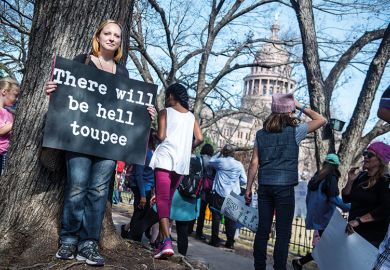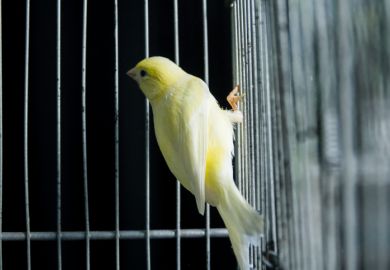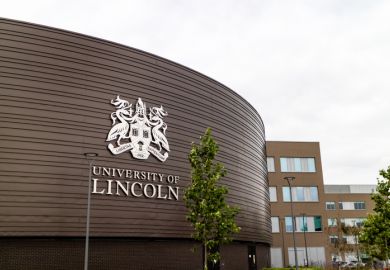Growing numbers of US state university systems are predicted to freeze tuition fees in response to faltering enrolment levels, but a leading researcher has warned that this could undermine efforts to widen participation.
Last month, the University of Illinois system, which has three campuses, and Northern Illinois University both froze in-state tuition fees for the fourth consecutive year, with a view to increasing numbers of applicants.
Student numbers in Illinois plummeted because of a two-year state budget stalemate between July 2015 and July 2017, during which time universities received just a fraction of their typical levels of funding. The state’s overall population has also been declining since 2014.
Iris Palmer, a senior policy analyst at the thinktank New America, said that public university systems tended to freeze tuition fees when the state increased its direct investment in higher education and to raise fees when university funding was cut.
However, she predicted that an increasing number of public university systems would freeze tuition fees in an effort to increase enrolments.
She cited the University of Maine as an example of a public system that has recently taken this step “to make the schools more appealing to out-of-state students and to other students in the state”. Like Illinois, Maine has a declining population as well as a high number of colleges and universities, she said.
In-state tuition fees at the University of Maine increased last year after having been frozen for the previous six years. In addition, four of its campuses pledged last year to cover the cost of tuition and fees for low-income students.
Louisiana, West Virginia and several New England states also suffer from a declining youth population, Ms Palmer said.
“In those states, getting good press from freezing tuition to try to recruit students will continue,” she said. “Another thing they’re doing is offering out-of-state students in-state tuition rates to try to drive up enrolment.”
Ms Palmer added that universities would have to “figure out how to make do with less funding if they continue to freeze tuition as a way to drive enrolment”.
But John Douglass, senior research fellow in public policy and higher education at the University of California, Berkeley, said that “freezing undergraduate tuition [fees] at public universities is not necessarily a good policy” if the aim is to improve access.
“When the University of California significantly increased tuition in the wake of the Great Recession and declining state funding, the number of lower-income students enrolling in one of the university’s nine undergraduate campuses went up. That is because tuition is now a significant funding source for financial aid,” he said. “About 33 per cent of all tuition income at UC, and most major public universities, goes to financial aid.”
Ms Palmer agreed that universities could “target lower prices better to low-income students” by providing financial aid rather than “keeping the overall sticker price of tuition for the college low”.
However, she said that this “high-tuition [fee], high-aid” model was “very complex” and in practice was not well understood by low-income students.
Terry Hartle, senior vice-president for government and public affairs at the American Council on Education, added that tuition fee freezes were a “double-edged sword”: they are “easy to put in place”, but fees tend to “jump considerably” in subsequent years.
Register to continue
Why register?
- Registration is free and only takes a moment
- Once registered, you can read 3 articles a month
- Sign up for our newsletter
Subscribe
Or subscribe for unlimited access to:
- Unlimited access to news, views, insights & reviews
- Digital editions
- Digital access to THE’s university and college rankings analysis
Already registered or a current subscriber? Login








